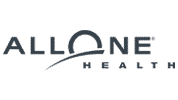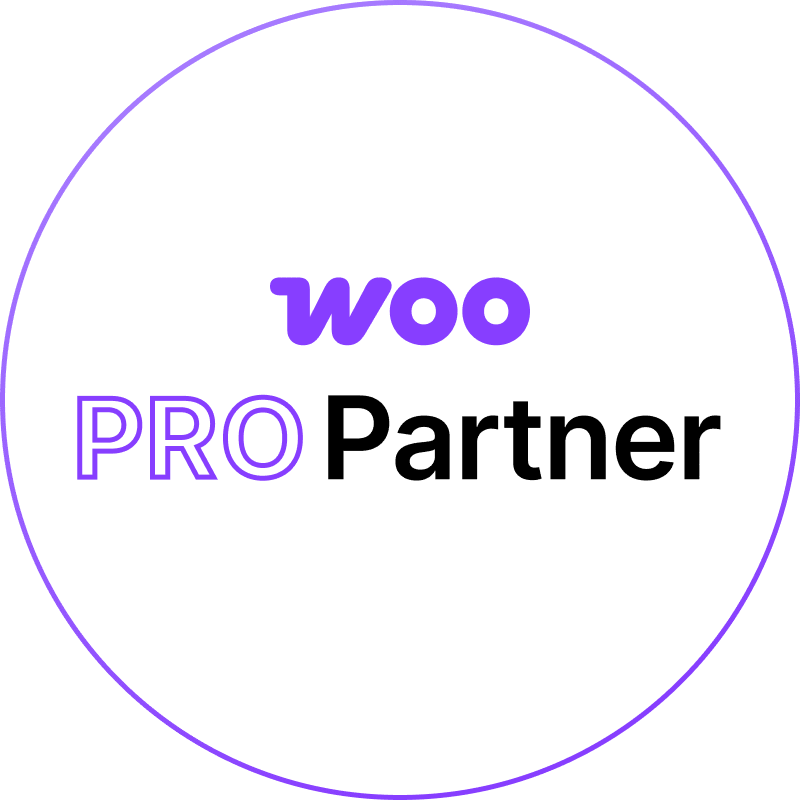How to Measure the Success of Your Social Media Campaigns
Define Campaign Goals and Objectives
The first step in measuring the success of your social media campaigns is defining clear and measurable goals. Without well-defined objectives, it’s impossible to determine whether your efforts are achieving the desired results. Start by identifying what you want to accomplish with your campaign. Are you aiming to increase brand awareness, drive website traffic, boost engagement, generate leads, or achieve sales? Each of these goals requires a unique set of metrics to measure success effectively.
For example, if your goal is brand awareness, you’ll want to track metrics like reach and impressions. If lead generation is your focus, you’ll need to monitor conversion rates and sign-ups. Aligning your social media campaign goals with your overall business objectives ensures that your efforts contribute to the larger picture.
Once you’ve established your goals, break them down into specific, measurable targets. For instance, instead of saying “increase engagement,” set a concrete objective such as “achieve a 15% increase in engagement rate over the next three months.” Defining objectives in this way provides a clear framework for measuring success and adjusting your strategy if needed. A social media ad agency can help you refine these goals and identify the most relevant metrics for your business.
Choose Relevant Key Performance Indicators (KPIs)
To measure the effectiveness of your campaigns, you need to focus on the right metrics, also known as key performance indicators (KPIs). KPIs provide valuable insights into how well your campaign is performing and whether it’s meeting your goals. However, it’s important to choose KPIs that align with your objectives rather than chasing vanity metrics like follower counts, which don’t always reflect meaningful engagement or conversions.
For example, if your goal is to increase engagement, track metrics such as likes, comments, shares, and saves. If your focus is on website traffic, monitor click-through rates (CTR) and referral traffic from social media platforms. Similarly, for lead generation or sales campaigns, conversion rates and revenue are the most relevant indicators.
It’s also essential to prioritize quality over quantity. A smaller number of engaged followers is far more valuable than a large number of inactive ones. Analyzing your KPIs regularly helps you identify trends and patterns, making it easier to refine your strategy and focus on the tactics that work best for your audience.
Track Engagement Metrics
Engagement is one of the most critical indicators of a successful social media campaign. High engagement shows that your content resonates with your audience and encourages them to interact with your brand. Common engagement metrics include likes, comments, shares, and saves, all of which demonstrate how your audience is responding to your content.
Tracking engagement helps you identify which types of posts are performing well and which may need improvement. For instance, if you notice that your audience engages more with video content than static images, you can prioritize creating more videos in future campaigns. Similarly, monitoring comments and shares provides valuable insights into how your audience perceives your brand and whether your messaging is sparking meaningful conversations.
To maximize engagement, focus on creating content that is relevant, valuable, and entertaining for your audience. Interactive posts, such as polls, Q&A sessions, and contests, can also boost engagement and encourage participation. Engagement metrics not only help you gauge the effectiveness of individual posts but also provide a broader understanding of how your audience interacts with your brand over time.
Monitor Reach and Impressions
Understanding how many people are seeing your content is essential for measuring the success of your social media campaigns. Reach and impressions are two key metrics that give you insight into your content’s visibility. Reach refers to the total number of unique users who have seen your post, while impressions indicate the total number of times your content has been displayed, including multiple views by the same user.
Tracking reach helps you understand the size of your audience and whether your content is being exposed to new users. For example, if you launch a campaign designed to raise brand awareness, a high reach indicates that your content is successfully reaching people who may not have interacted with your brand before. Impressions, on the other hand, can show how often users are encountering your content, which is especially valuable for reinforcing your message and keeping your brand top of mind.
To maximize reach and impressions, focus on posting at optimal times when your audience is most active. Utilize platform analytics tools to determine these time frames, and experiment with different types of content to see what drives the highest visibility. Incorporating trending hashtags and collaborating with influencers can also expand your reach significantly. By monitoring these metrics, you can refine your strategy to ensure your content reaches the right audience at the right time.
Evaluate Traffic and Click-Through Rates (CTR)
Driving traffic to your website or landing pages is a common goal for social media campaigns, making traffic and click-through rates (CTR) vital metrics to track. Traffic measures how many users click on links in your posts and visit your website, while CTR is the percentage of users who see your post and click the link. These metrics reveal how effectively your social media content encourages users to take action.
For campaigns focused on lead generation or sales, monitoring traffic and CTR can provide a direct measure of success. For example, if a post promoting a special offer includes a link to your website, tracking the number of clicks and the CTR will indicate how compelling the offer and call-to-action are. Low CTRs may suggest that your messaging or visuals need improvement, while high CTRs confirm that your content is resonating with your audience.
To improve traffic and CTR, create clear and engaging calls-to-action (CTAs) that guide users to the next step, such as “Shop Now,” “Learn More,” or “Sign Up Today.” Ensure that the landing pages you link to are relevant and optimized for conversions, providing users with a seamless experience once they click. Platforms like Google Analytics can help you monitor referral traffic and identify which social media channels are driving the most visitors.
Analyze Conversion Rates
Conversion rates are one of the most important metrics for determining the success of a social media campaign, particularly if your goal is to drive sales, sign-ups, or other specific actions. A conversion occurs when a user takes a desired action, such as purchasing a product, filling out a form, or subscribing to a service. The conversion rate is the percentage of users who complete this action out of the total number who visited your landing page.
Tracking conversion rates provides valuable insight into how well your social media content drives meaningful results. For example, if your campaign promotes a discount code, the number of users who redeem the code can serve as a direct indicator of success. Conversion rates can also help you evaluate the effectiveness of your CTAs, visuals, and messaging.
To boost conversion rates, ensure that your social media campaigns are aligned with the user’s journey. For example, educational content can build awareness, while promotional posts encourage users to take action. Consistency between your social media posts and landing pages is crucial; users should find the same tone, message, and offer on the landing page as they did in the post that directed them there.
Additionally, retargeting ads can help re-engage users who interacted with your campaign but didn’t convert initially. These ads remind users of your offer and encourage them to complete the action, increasing your overall conversion rate. By analyzing and optimizing conversion rates, you can ensure your social media campaigns deliver tangible results for your business.
Calculate Return on Investment (ROI)
Understanding the return on investment (ROI) of your social media campaigns is crucial for determining their overall success. ROI measures the profitability of your campaigns by comparing the revenue generated to the costs involved. For instance, if a campaign cost $1,000 to run and generated $3,000 in sales, the ROI would be 200%.
To calculate ROI accurately, start by identifying all the costs associated with your campaign. This includes ad spend, software subscriptions, influencer fees, and any time or resources dedicated to creating content. Then, measure the revenue generated directly from the campaign. Tools like Google Analytics and social media platforms’ native analytics can help track revenue from specific campaigns, especially if you use UTM parameters for your links.
Positive ROI shows that your campaign is profitable, but even campaigns with lower ROI can be valuable if they achieve other goals, such as increasing brand awareness or building a loyal audience. To improve ROI, focus on targeting the right audience, optimizing your ad placements, and refining your calls-to-action. Regularly evaluating ROI helps you allocate your budget effectively and maximize the impact of future campaigns.
Monitor Audience Growth and Retention
While engagement and conversions are critical metrics, monitoring audience growth and retention provides valuable insights into the long-term success of your social media strategy. Growth metrics, such as follower count increases, indicate how well your brand is attracting new users. Retention metrics, such as consistent engagement from existing followers, show how well you’re maintaining relationships with your audience.
It’s important to evaluate both the quantity and quality of your audience growth. A sudden spike in followers might seem impressive, but if these new followers don’t engage with your content or align with your target demographic, they may not provide much value. Tools like Instagram Insights or LinkedIn Analytics can help you assess whether your new followers match your intended audience.
Retention is equally important. Engaging your current audience ensures that you maintain a loyal community that continues to interact with your content. To boost retention, consistently provide value through your posts, whether it’s through education, entertainment, or exclusive offers. Responding to comments and direct messages also helps build stronger connections, making your followers more likely to stay engaged over time.
Use Social Listening Tools
Social listening is a powerful method for understanding how your audience perceives your brand and identifying trends that can influence your strategy. By monitoring conversations, hashtags, and brand mentions, social listening tools provide insights into what your audience is talking about and how they feel about your products or services.
Sentiment analysis is a key feature of social listening tools, helping you gauge whether conversations about your brand are positive, negative, or neutral. For example, if a campaign generates a high volume of positive mentions, you know your messaging is resonating. Conversely, negative sentiment can highlight areas for improvement, such as clarifying product details or addressing customer concerns.
In addition to monitoring your own brand, social listening tools can track competitors and industry trends. By understanding what’s working for others in your niche, you can identify opportunities to differentiate your strategy and stand out. Social listening also allows you to join relevant conversations, positioning your brand as approachable and in touch with its audience. Platforms like Brandwatch, Sprout Social, and Hootsuite offer robust social listening capabilities that can enhance your campaigns.
Regularly Review and Optimize
Measuring the success of your social media campaigns is not a one-time task. Regularly reviewing and optimizing your strategy ensures that your efforts remain effective and aligned with your goals. Set a schedule for analyzing your performance, whether weekly, monthly, or after the completion of a campaign.
Start by reviewing the metrics most relevant to your goals. For instance, if your objective is to drive traffic, focus on CTR and website visits. For engagement-focused campaigns, examine likes, comments, shares, and saves. Look for trends over time to identify which types of content and tactics are working best.
Optimization is an ongoing process. Use the insights from your performance reviews to adjust your strategy. For example, if you notice that posts featuring videos consistently outperform static images, shift your focus toward creating more video content. Similarly, if your audience engages more with posts published in the evening, update your scheduling to match their behavior.
Experimentation is a crucial part of optimization. A/B testing allows you to test different versions of a post, ad, or call-to-action to see which performs better. This data-driven approach helps you refine your content and make informed decisions about future campaigns.
By regularly reviewing your performance and making data-backed adjustments, you can ensure that your social media campaigns stay relevant and deliver maximum impact. Continuous optimization not only improves your results but also helps you stay ahead in the ever-changing social media landscape.

















